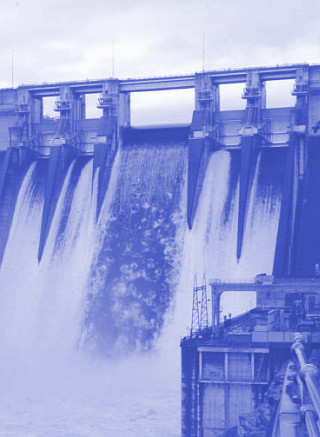Dam plan slammed
 The NSW Government has been accused of changing its dam-raising plans to avoid paying compensation.
The NSW Government has been accused of changing its dam-raising plans to avoid paying compensation.
WaterNSW has released its environmental impact statement (EIS) for the $1 billion-plus proposal to raise the walls of Warragamba Dam by up to 17 metres.
The 4,000-page EIS will be on display for 45 days before it is assessed by the Department of Planning.
The Government wants to raise the height of the dam to reduce the impact of floods in Western Sydney. It hopes that additional dam capacity could temporarily store flood water, sparing the impact on suburbs in that area.
But the trade-off would be flooding thousands of hectares of world heritage national park, potentially destroying populations of endangered plants and animals.
The government had been advised it would need to pay to offset the damage caused when the new dam fills completely. However, the EIS suggests the government has only planned to compensate for damage from 7.5 metres of inundation.
Given that the walls would be raised by 14 to 17 metres, some suggest the government should be prepared to compensate for 14 to 17 metres of inundation.
By using a smaller “impact area”, the government avoids more than $1 billion in environmental compensation or offsets.
There is also strong criticism of the low effort displayed in surveying significant species including the koala and the platypus, which may be affected by the project. Surveys were undertaken for threatened flora at just seven locations in the Lake Burragorang area. Overall, flora and fauna survey efforts were “less than required by the guidelines”.
The federal environment department highlighted these issues in earlier drafts of the assessment, warning that the dam project was likely to have “extensive and significant impacts” on the national and world heritage values of the Blue Mountains.
Additionally, surveys for culturally significant sites were undertaken in just 27 per cent of the area that would be affected by the project.
The NSW Government has denied the validity of all these criticisms.
The Property Council of Australia developers’ lobby has called for the project to be approved and treated as a top priority.







 Print
Print